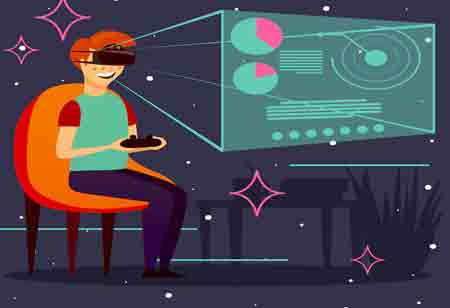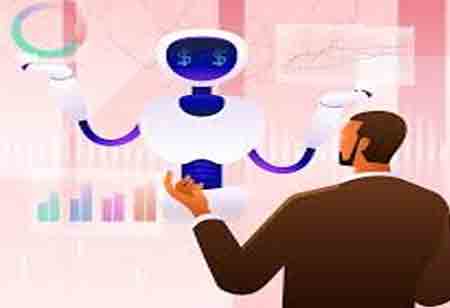Thank you for Subscribing to Business Management Review Weekly Brief
I agree We use cookies on this website to enhance your user experience. By clicking any link on this page you are giving your consent for us to set cookies. More info
Shaping the Future of Animation Through Innovation
Emerging animation trends, driven by technology and diversity, are transforming storytelling, enhancing audience engagement and creating new artistic possibilities for industry creators.

By
Business Management Review | Tuesday, October 07, 2025
Stay ahead of the industry with exclusive feature stories on the top companies, expert insights and the latest news delivered straight to your inbox. Subscribe today.

FREMONT, CA: The animation industry is on the verge of a transformative era, driven by innovative trends that are reshaping content creation and audience engagement. Advancements like virtual production, real-time rendering, artificial intelligence, and immersive storytelling techniques are enhancing both the development and experience of animated content. The rise of streaming platforms further amplifies these changes, allowing animators to reach global audiences and promoting greater diversity in visual styles and narratives. Together, these trends suggest a vibrant future for animation, marked by creative possibilities, technological advancements, and a broader cultural impact.
Enhanced Interactivity on Social Media: Social media platforms are expected to see a rise in interactive animations, engaging users in more immersive experiences. These animations will likely incorporate features such as polls, quizzes, and interactive stickers, enabling viewers to participate in various activities through animated visuals. Integrating these elements can create content that captures attention and encourages users to share it with their networks, leading to increased engagement. This shift opens up new creative opportunities for animators to connect innovatively with audiences.
The 3D Animation Revolution: Advancements in technology have significantly influenced the animation industry, particularly with the growing prominence of 3D animation. There is an expectation of further development in hyper-realistic 3D animations that will continue to blur the boundaries between fantasy and reality. These animations are projected to feature lifelike character designs and highly detailed environments, offering viewers an immersive experience. With the accessibility of 3D animation tools becoming more widespread, creators are anticipated to produce high-quality cinematic visuals that enhance storytelling.
AI and Machine Learning Integration: AI and machine learning are anticipated to play a transformative role in the future of animation. AI-powered tools are likely to streamline the creative process, allowing for the automation of repetitive tasks while providing valuable insights to optimize animation workflows. These advancements are expected to enhance storytelling, generate realistic movements, and personalize content based on user preferences. Additionally, AI's ability to analyze data and tailor animations to specific demographics may lead to more efficient production processes and innovative creative approaches within the industry.
Inclusive and Diverse Representation: The growing importance of inclusivity and diversity in animated content is set to shape trends. Creators are generally expected to focus on telling stories that reflect the broad range of human experiences, emphasizing underrepresented voices and authentic cultural representations. By championing inclusive storytelling, animators will contribute to a more diverse and vibrant creative landscape, encouraging a wider range of perspectives and inspiring audiences from various backgrounds. This trend reflects a broader societal push for representation in all forms of media, including animation.
The animation industry is experiencing transformative trends that redefine the creation and consumption of animated content. Enhanced interactivity on social media, the growing prominence of 3D animation, and the integration of AI technologies are driving innovation, making the future of animation dynamic and full of exciting possibilities.






